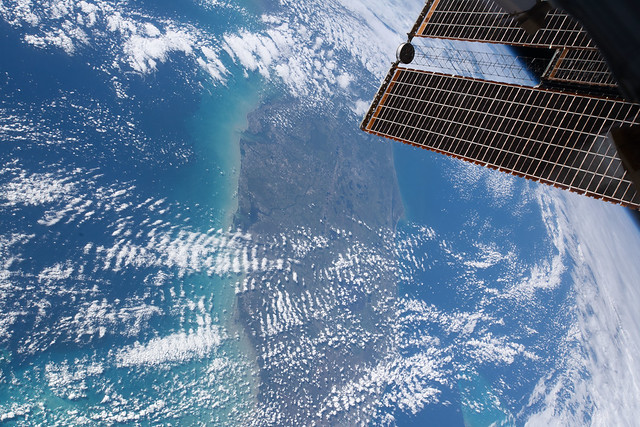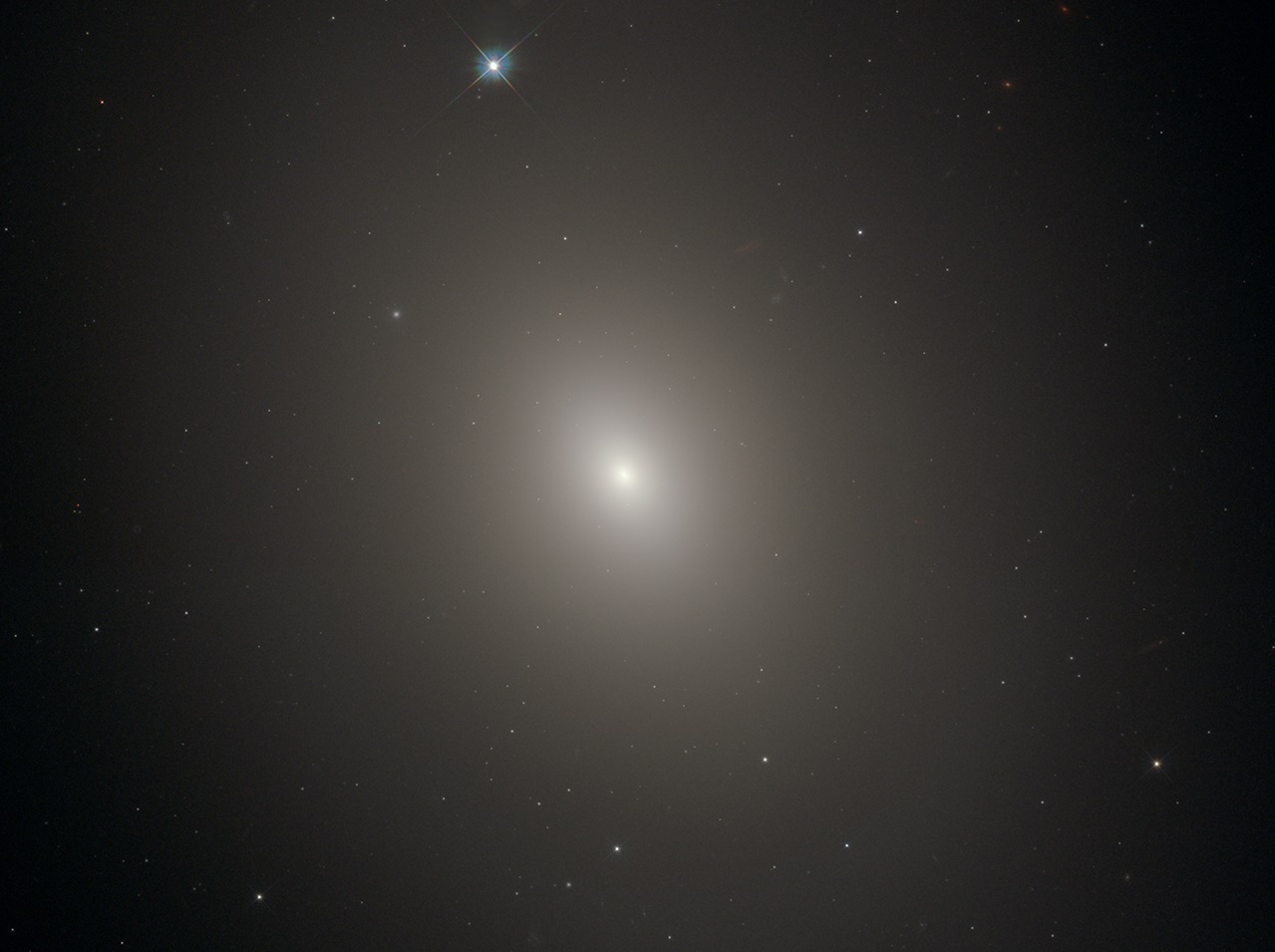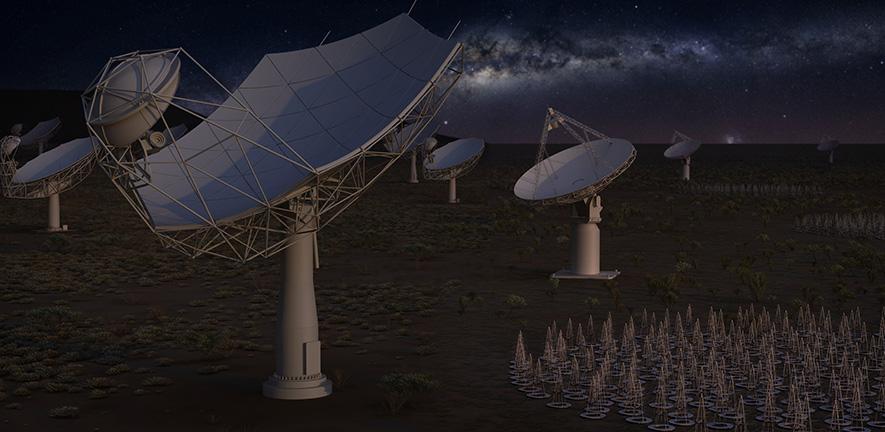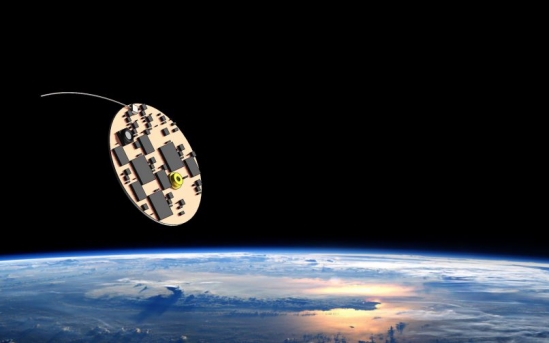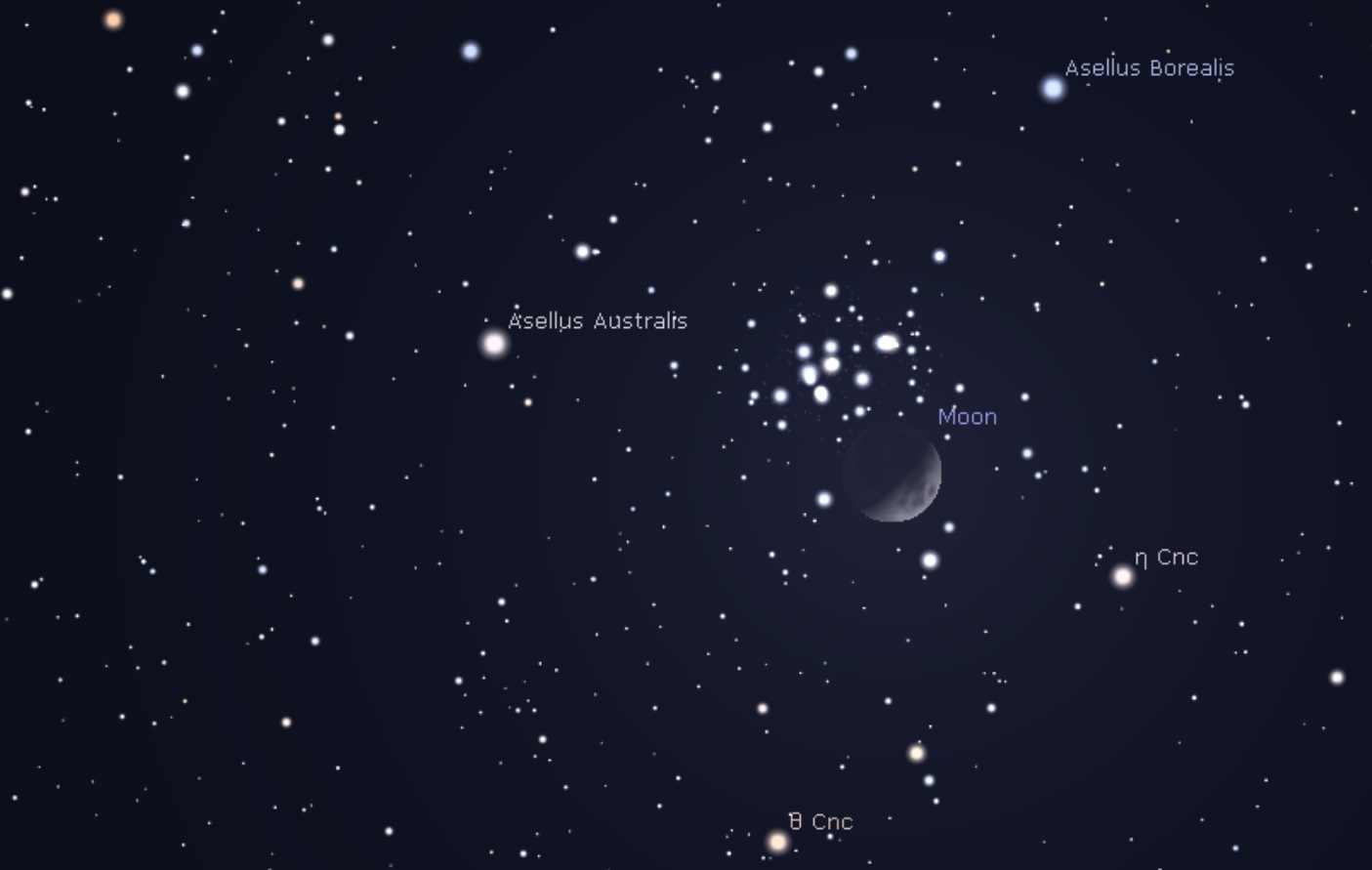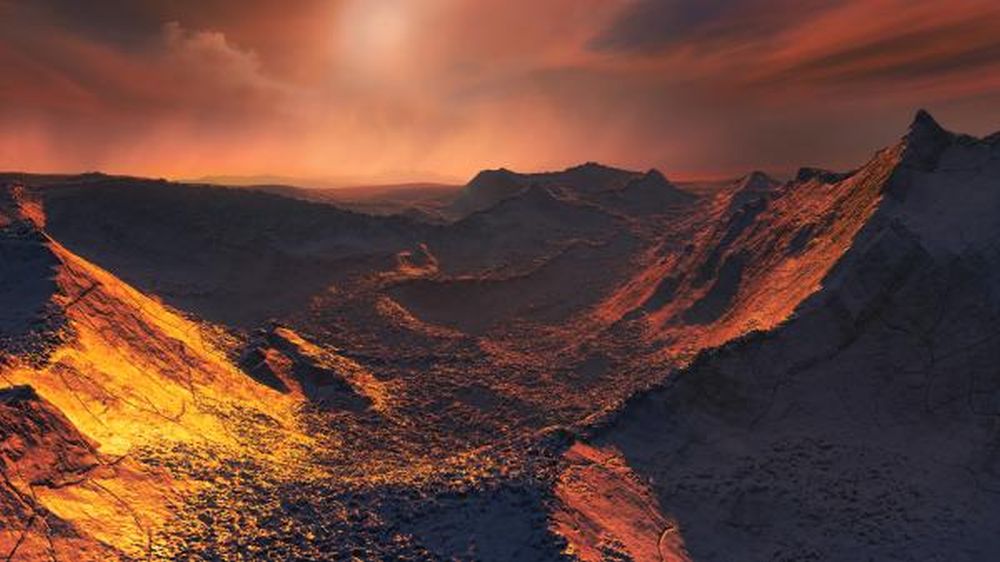May is graduation month, and with it, school star party season is about to conclude. If you happen to be out this coming weekend showing the sky off to the public, keep an eye out for one of the top celestial sights that you won’t see at the eyepiece, as we’re in for a slew of good visible passes of the International Space Station worldwide.
Continue reading “The International Space Station Rides High Through the May Sky”Messier 85 – the NGC 4382 Elliptical (Lenticular) Galaxy
Welcome back to Messier Monday! Today, we continue in our tribute to our dear friend, Tammy Plotner, by looking at the elliptical galaxy also known as Messier 85!
During the 18th century, famed French astronomer Charles Messier noticed the presence of several “nebulous objects” while surveying the night sky. Originally mistaking these objects for comets, he began to catalog them so that others would not make the same mistake. Today, the resulting list (known as the Messier Catalog) includes over 100 objects and is one of the most influential catalogs of Deep Space Objects.
Continue reading “Messier 85 – the NGC 4382 Elliptical (Lenticular) Galaxy”
A Supercomputer has been Designed to run the World’s Largest Radio Telescope
When complete, the Square Kilometer Array (SKA) will be the largest radio telescope array in the entire world. The result of decades of work involving 40 institutions in 11 countries, the SKA will allow astronomers to monitor the sky in unprecedented detail and survey it much faster than with any system currently in existence.
Such a large array will naturally be responsible for gathering an unprecedented amount of data on a regular basis. To sort through all this data, the “brain” for this massive array will consist of two supercomputers. Recently, the SKA’s Science Data Processor (SDP) consortium concluded their engineering design work on one of these supercomputers.
Continue reading “A Supercomputer has been Designed to run the World’s Largest Radio Telescope”Prototype of a Future Interstellar Probe was Just Tested on a Balloon
At the University of California, Santa Barbara, researchers with the UCSB Experimental Cosmology Group (ECG) are currently working on ways to achieve the dream of interstellar flight. Under the leadership of Professor Philip Lubin, the group has dedicated a considerable amount of effort towards the creation of an interstellar mission consisting of directed-energy light sail and a wafer-scale spacecraft (WSS) “wafercraft“.
If all goes well, this spacecraft will be able to reach relativistic speeds (a portion of the speed of light) and make it to the nearest star system (Proxima Centauri) within our lifetimes. Recently, the ECG achieved a major milestone by successfully testing a prototype version of their wafercraft (aka. the “StarChip“). This consisted of sending the prototype via balloon into the stratosphere to test its functionality and performance.
Continue reading “Prototype of a Future Interstellar Probe was Just Tested on a Balloon”The Black Hole Picture Could Be So Much Better If You Add Space Telescopes
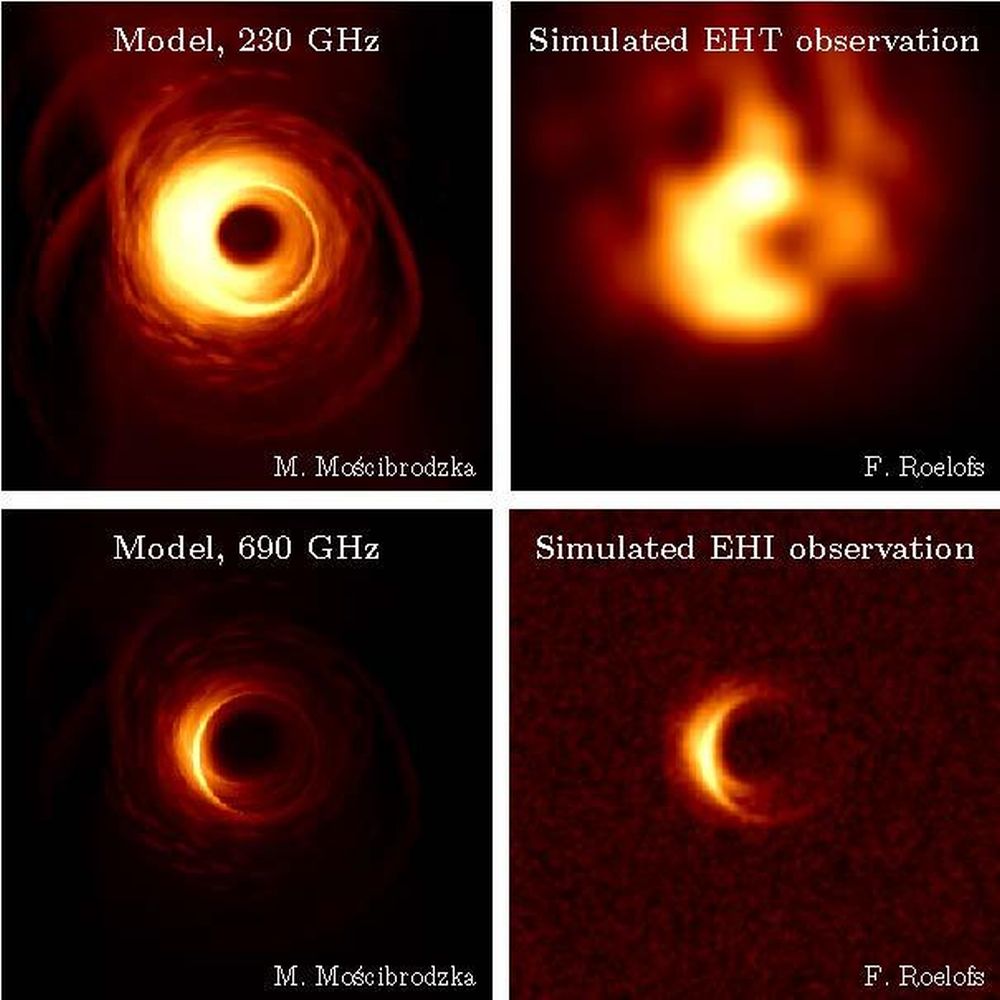
Our first picture of a black hole was a huge moment for science. But we can’t stop there. We need better pictures that deliver more information. That’s how we’ll learn even more about these strange, rule-breaking behemoths.
Now a group of astronomers from the Radboud University in the city of Nijmegen, Netherlands, along with the European Space Agency and other partners, are developing a plan to get much sharper pictures of black holes.
Continue reading “The Black Hole Picture Could Be So Much Better If You Add Space Telescopes”Watch the Moon Buzz the Beehive
Been following the Moon this week? The first sighting of the waxing crescent Moon this past weekend not only marked the start of the Muslim month of Ramadan worldwide, but also sets us up for an interesting Friday night encounter, as the waxing crescent Moon crosses the Beehive Cluster.
Continue reading “Watch the Moon Buzz the Beehive”Habitability of Planets Will Depend on Their Interiors
A lot of the headlines and discussion around the habitability of exoplanets is focused on their proximity to their star and on the presence of water. It makes sense, because those are severely limiting factors. But those planetary characteristics are really just a starting point for the habitable/not habitable discussion. What happens in a planet’s interior is also important.
Continue reading “Habitability of Planets Will Depend on Their Interiors”Some of Earth’s Gold Came From Two Neutron Stars That Collided Billions of Years Ago
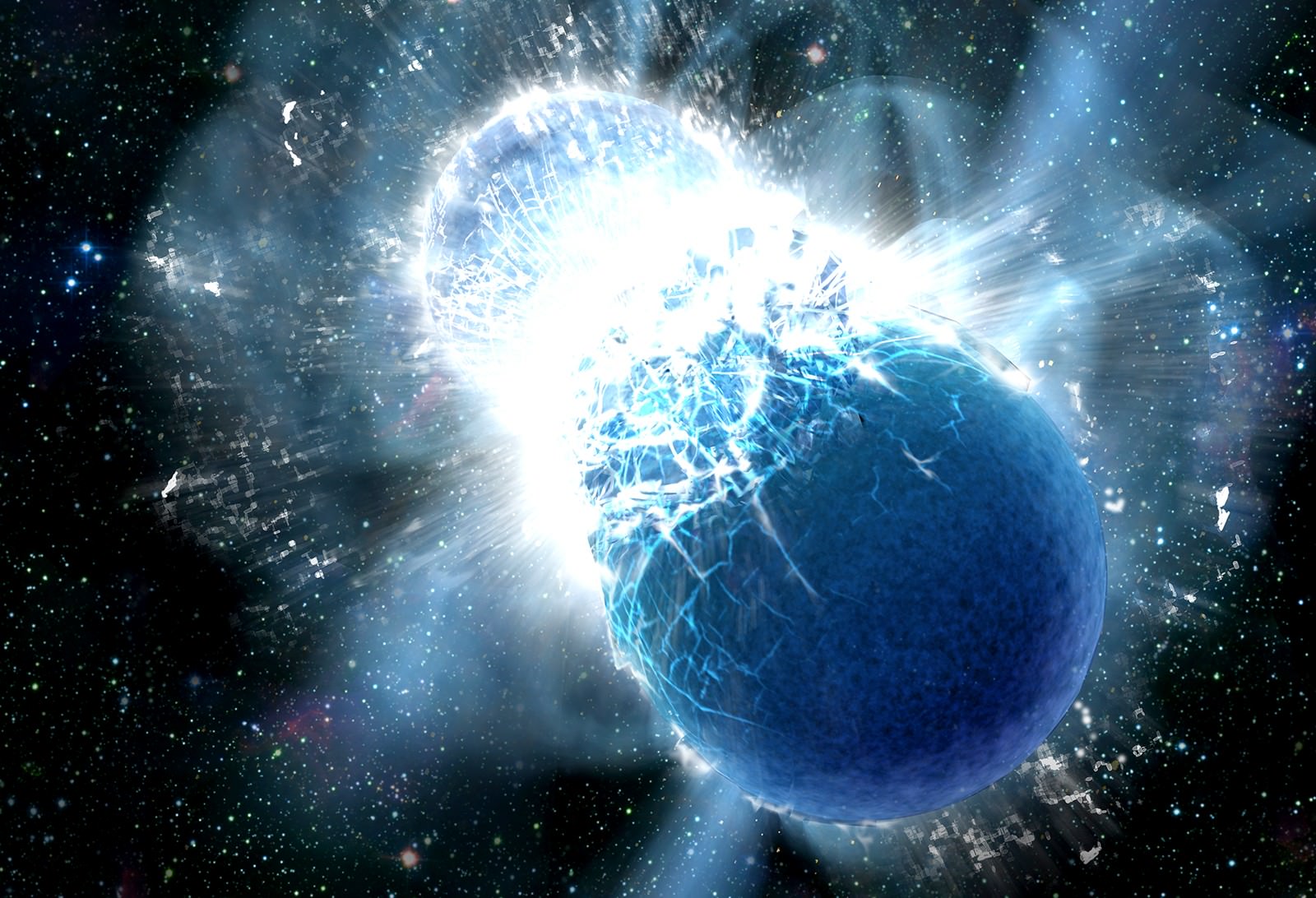
For about a century now, scientists have theorized that the metals in our Universe are the result of stellar nucleosynthesis. This theory states that after the first stars formed, heat and pressure in their interiors led to the creation of heavier elements like silicon and iron. These elements not only enriched future generations of stars (“metallicity”), but also provided the material from which the planets formed.
More recent work has suggested that some of the heaviest elements could actually be the result of binary stars merging. In fact, a recent study by two astrophysicists found that a collision which took place between two neutron stars billions of years ago produced a considerable amount of some of Earth’s heaviest elements. These include gold, platinum
16 Years of Hubble Images Come Together in this one Picture Containing 265,000 Galaxies
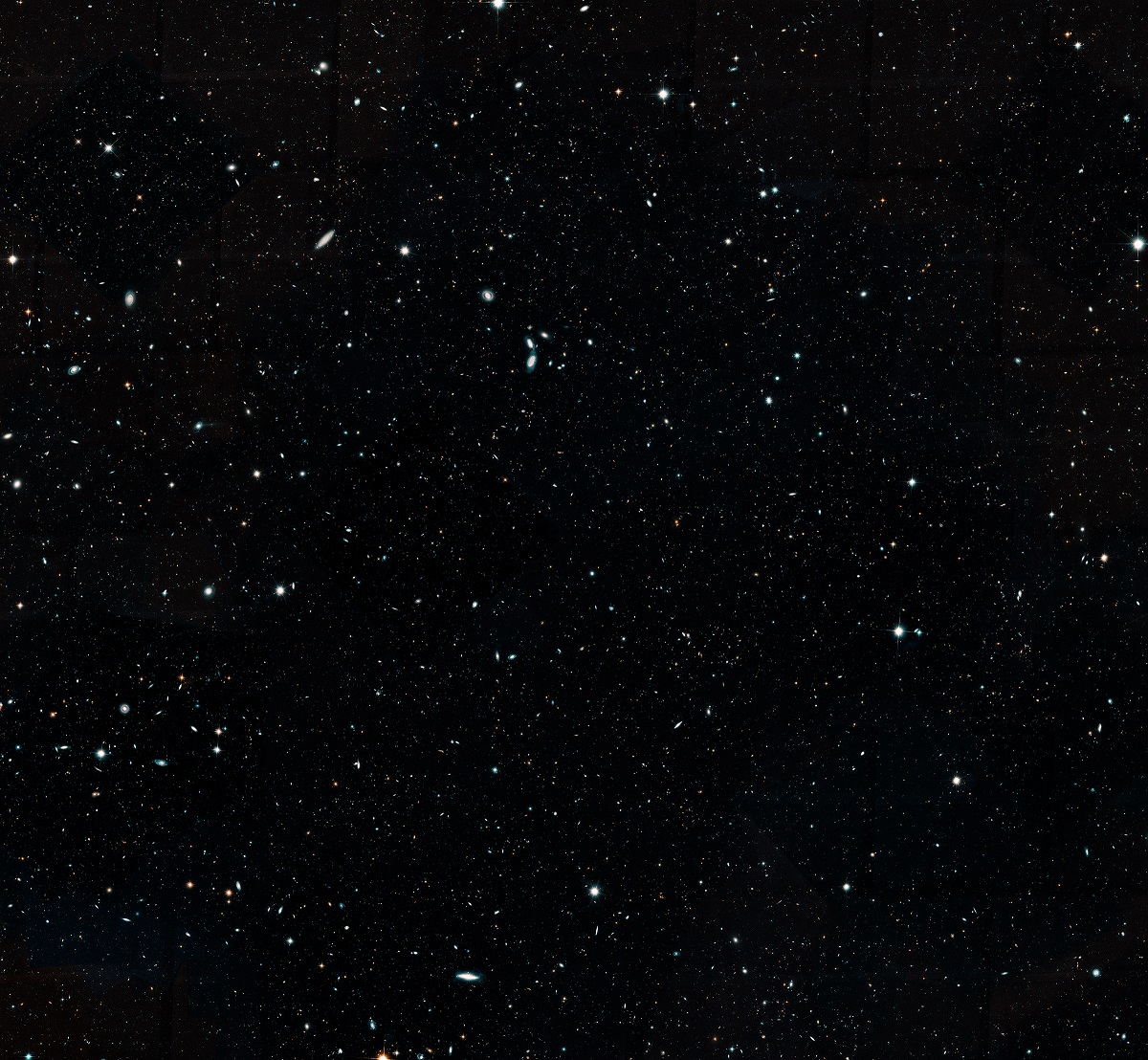
Even after almost three decades of faithful service, the Hubble Space Telescope continues to operate and provide breathtaking images of the cosmos. As one of NASA’s Great Observatories, its observations of distant galaxies, exoplanets, and the expansion of the Universe have had a revolutionary impact on astronomy, astrophysics and cosmology.
Hubble’s latest contribution comes in the form of a deep-sky mosaic image that was constructed using 16 years’ worth of observations. Known as the “Hubble Legacy Field“, this mosaic is being described as the largest and most comprehensive “history book” of galaxies. All told, it contains roughly 265,000 galaxies that date back to just 500 million years after the Big Bang.
Continue reading “16 Years of Hubble Images Come Together in this one Picture Containing 265,000 Galaxies”When the Impact that Created the Moon Happened, the early Earth was still a ball of magma

Since the late 19th century, scientists have struggled to explain the origin of the Moon. While scientists have long-theorized that it and the Earth have a common origin, the questions of how and when has proven to be elusive. For instance, the general consensus today is that an impact with a Mars-sized object (Theia) led to the formation of the Earth-Moon System shortly after the formation of the planets (aka. the Giant Impact Hypothesis).
However, simulations of this impact have shown that the Moon would have formed out of material primarily from the impacting object. This is not borne out by the evidence, though, which shows that the Moon is composed of the same material Earth is. Luckily, a new study by a team of scientists from Japan and the US has offered an explanation for the discrepancy: the collision took place when Earth was still composed of hot magma.

